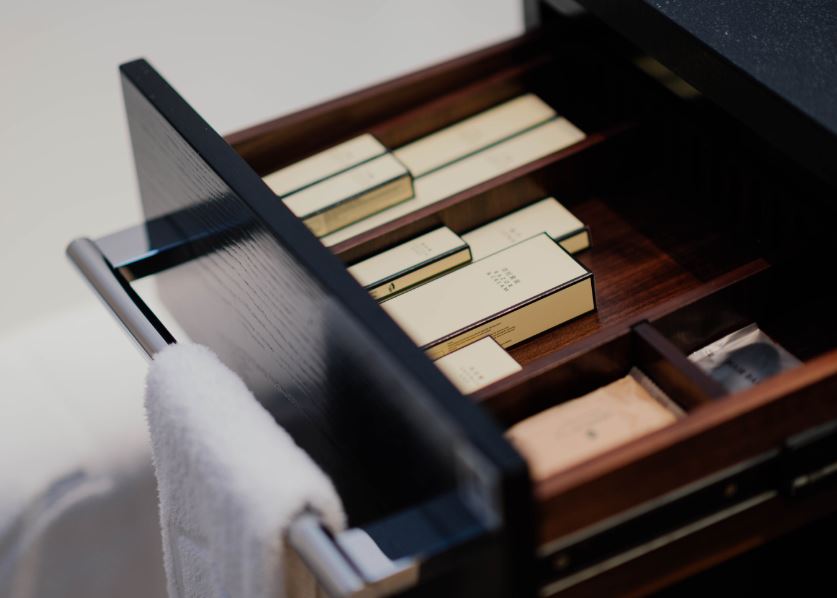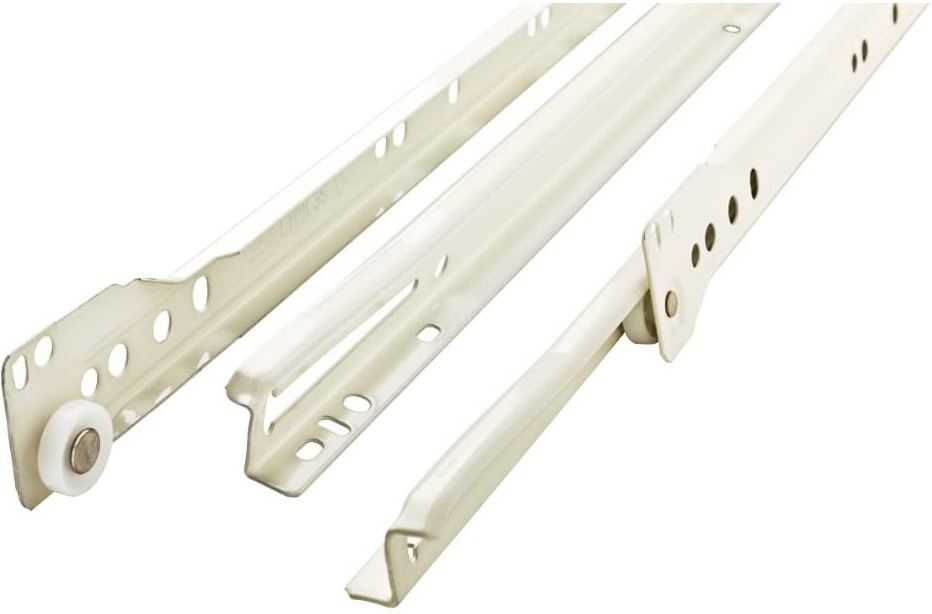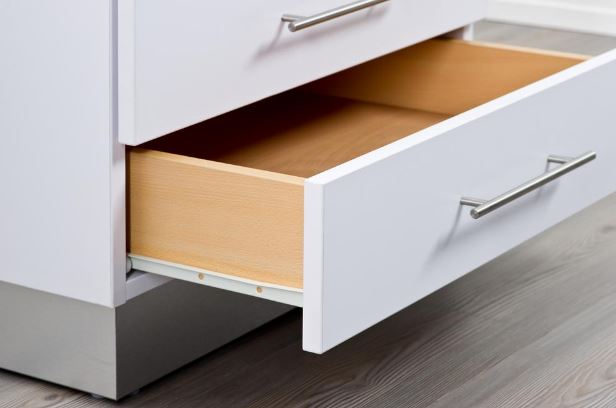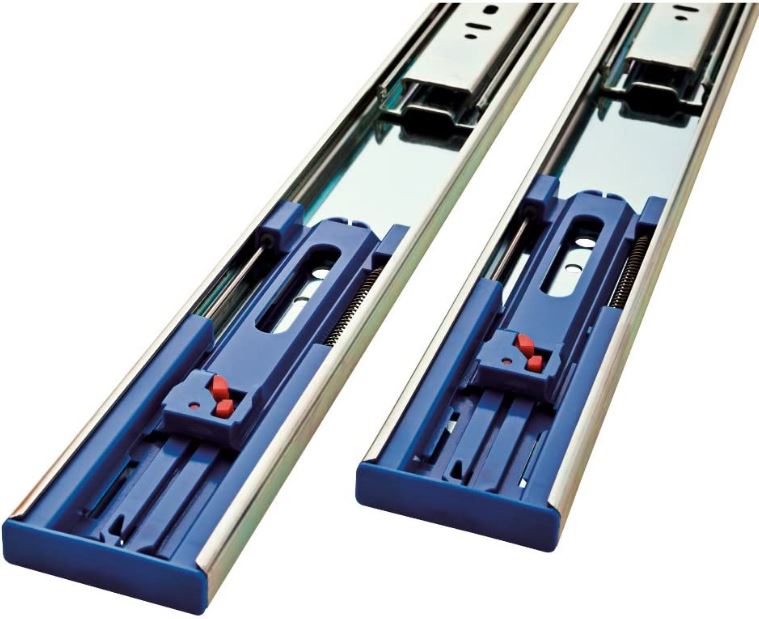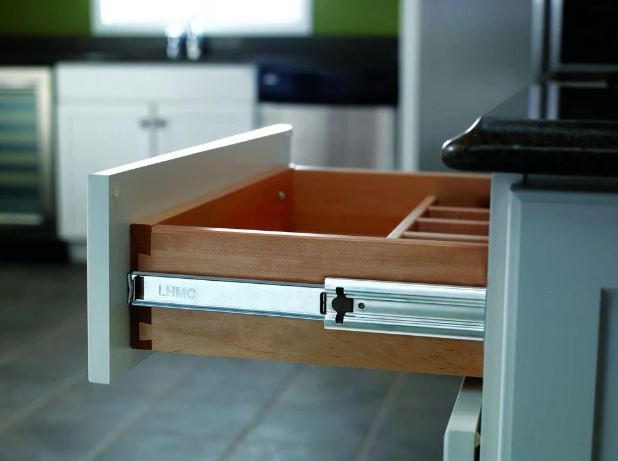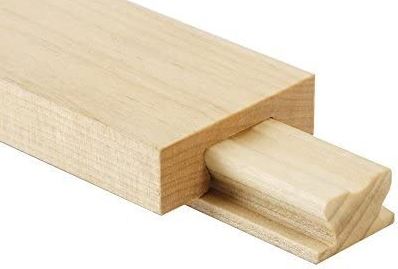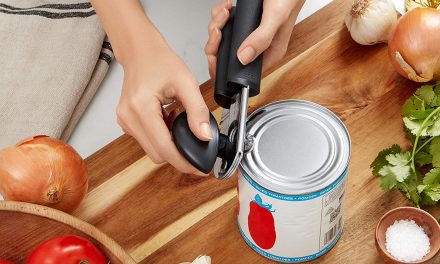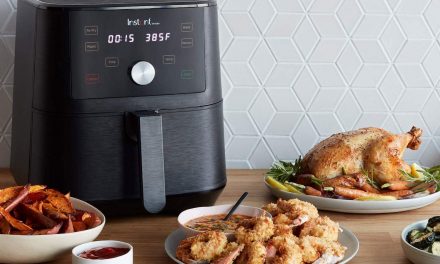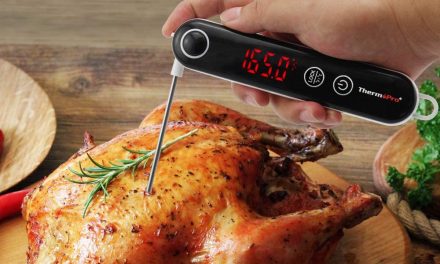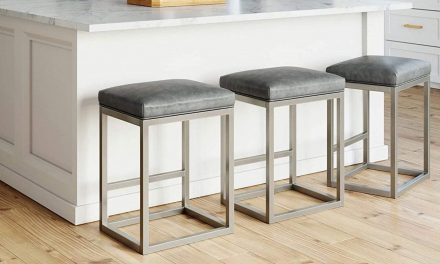Ever opened or closed a drawer and hated the way it “stuck” along the way? Its drawer slide may have been bad or needed replacing. Drawer slides, which are also sometimes called drawer runners, are the mechanisms that should make opening and closing drawers a smooth experience. Both cabinet drawers and furniture drawers, like those you have in your dressers, use the same kinds of drawer slides.
In this article, we’ll talk about how different types of drawer slides come with their own sets of pros and cons, what drawer slide features to look for, and how to figure out what size slide to use in your DIY project.
Types of drawer slides
There are two main types of drawer slide, plastic roller slides and metal ball-bearing slides, but there are also less common wood slides.
Roller slides (epoxy slides, European slides)
You’ll sometimes see or hear roller slides referred to as “epoxy slides.” This is because they come coated in an epoxy (a cured resin plastic) finish that helps ensure smoother drawer sliding. On occasion, they are also called “Euro slides” and may have instructions that feature metric measurements, namely centimeters. Roller slides are the type of drawer slides you will have seen on most IKEA furniture and cabinetry.
There are two parts to a roller slide, the part that is mounted to the inner frame of the cabinet or furniture (cabinet profile) and the part that is mounted to the bottom side edge of the drawer (drawer profile). Each part has its own roller, which is just another word for a wheel.
The drawer profile’s roller wheel sits at the back of the drawer, while the cabinet profile’s roller sits at the front of the cabinet/furniture frame. As you push or pull at the drawer, the wheels roll forward or backward in each other’s grooves, allowing you to open and close the drawer with ease.
While some part of a roller slide is visible on a drawer’s side when opened, roller slides are always considered bottom mounted, as this is where the majority of their screws are placed.
Pros
- Easy to install
- Affordable
- Good for most home needs, from cabinetry to furniture
- Very smooth opening and closing
Cons
- Not as heavy-duty (loads up to 50 lbs)
- Can’t fully extend, but will open 75% of the drawer
- Less durable because of the epoxy coating (but still likely to last many years)
- Only one mounting style available
Price range: $6-$10
Ball-bearing slides
As with roller slides, ball-bearing slides have pieces that work together in each other’s grooves. Unlike roller slides, these pieces have no wheel. There are also three pieces instead of two.
Basically, a ball-bearing slide has a larger cabinet profile piece that mounts to the cabinet/furniture frame, a smaller drawer profile piece that mounts to the drawer, and between these two pieces there is metal that has small, spherical ball bearings lining it. When you push or pull on the drawer, the drawer profile rolls along these ball bearings.
Nearly all ball-bearing slides are side-mounted, meaning the slide pieces are placed somewhere along the sides of the drawer, with the complementing cabinet profile pieces placed to fit them. You can install these slides high or low on the sides of a drawer, but most will install them somewhere along the middle, to line up with drawer handles or knobs.
You can buy ball-bearing slides that are concealed. They come in both an undermount style, where two slides run along the bottom left and right of the drawer, and in a center mount style, where a single slide runs along the bottom center of the drawer. The latter usually isn’t as heavy duty as side-mounted or undermount ball-bearing slides and therefore may defeat the purpose of using a ball-bearing slide, depending on the drawer’s purpose.
If you opt for concealed drawer slides, you’ll need to have very exact measurements and a thick enough drawer bottom that screws will go in without poking through. Some of the most well-known concealed ball-bearing drawer slides are made by Blum.
Pros
- Heavy-duty (loads up to 100+ lbs)
- Good for more outdoor/garage or industrial needs
- Can typically extend farther or fully, allowing you to open your drawer more
- More durable, made of stainless steel
- Easy to remove—as simple as activating a lever
- Multiple mounting styles available
Cons
- More difficult to install
- Usually more expensive
- Not as quiet; you will hear the slide mechanism in action
- When side mounted (as they often are), more visible when drawer is opened, and so less attractive
Price range: $12-$100+, with pricing reflecting features
Wooden slides
You won’t see this kind of old-fashioned drawer slide much anymore, but sometimes wood drawer slides will appear in antique furniture or very high-end wood furniture. They may also be a fun option for people who want to build a drawer from scratch.
They work according to similar principles as the two slides mentioned above—a drawer profile slides in/out of the cabinet profile’s track slide—but they lack the steel or plastic seen in modern drawer hardware.
Pros
- Can be surprisingly smooth with wax coating
- A nod to classic drawer construction
Cons
- Often not for DIY; this is a woodcraft
- Will react to fluctuations in humidity, becoming easier or more difficult to open
- When these slides are fully extended, weight will the pull drawers forward at their front
- Louder and lacks the features seen in modern hardware solutions
Price range: $10-$30
How to figure out what size drawer slide you need
Most slides are 10-28 inches long and a half-inch to inch wide. For length, they tend to size up or down by 2-inch increments. For the most part, it’s the type of mounting you choose that determines the way you should measure your space for a drawer slide, but sometimes the size of your space determines the mounting you can choose from, too.
Start by taking some basic measurements:
- The width of your drawer. Don’t measure width along the front, as often the front of a drawer features a face that is wider and meant to lie outside of the cabinet/furniture frame.
- The length of your drawer. Measure according to the drawer’s base or box. If the length isn’t a nice whole number, round it down. Only include the drawer’s face in your measurements if you have drawers that are meant to be flush with the cabinet/furniture frame.
- The width of the cabinet/furniture frame’s opening, from the edge of the opening, all the way back to the wall or cabinet back.
For side-mounted ball-bearing slides, and, to a lesser extent, roller slides, you need to make sure you have enough clearance between your drawer and your frame to support the slides you’re considering.
For undermount slides, you also need to consider the thickness of your drawer box and the clearance between drawers placed in a row.
With most cabinets or furniture pieces, drawer sizing shouldn’t be too difficult, but if you’re in real doubt, it may not hurt to go to a hardware shop or a shop that specializes in cabinetry.
Other drawer slide features to consider
Outside of figuring out what type of slide and slide mounting you want, there are a few other drawer slide features to keep in mind as you shop.
Weight rating
Not all drawer slides will work for every drawer and its contents. If you plan to put very heavy things in a drawer and/or your drawer is made of heavy materials, make sure the slides will be strong enough to support that weight. Most drawer slides can support 75+ lbs of weight, but some will only support 50 lbs. The most heavy-duty drawer slides can support 200 lbs or more.
Extension
Really, though, once you’ve figured out what length of slide to get for your drawer, the real decision you have to make is about what type of extension to use.
There are four types of drawer slide extension:
- 3/4 extension lets you open the drawer 75% of the way. This means the very back of the drawer remains covered by the cabinet or furniture frame. This is the extension you’ll always see with roller slides, but it also appears in ball-bearing slides.
- Full extension is possible with ball-bearing slides. With this extension, the drawer can be pulled all the way out, except for the very back rim of the drawer. This style of extension is especially useful in the kitchen and bathroom, where small tools might otherwise remain hidden at the backs of drawers.
- Over-travel extension is a type of full extension that is only seen in some ball-bearing slides. With these slides, the drawer can be pulled out fully, plus a little more, often by an inch. This usually means even the back of the drawer is out and visible. These are heavy-duty drawer slides best suited for the kitchen and garage. A few intended for freestanding cabinets even have a “2-way travel” mechanism, that allows the drawer to be opened on either side of the cabinet.
Soft-close mechanism
Soft-close drawer slides, also sometimes called “self-closing” slides, used to be less common, but now they’re pretty easy to find, and for good reason. Soft-close drawer slides “catch” the drawer the last couple of inches before it closes to gentle the closure. This keeps your drawer from slamming, which is great for your ears, your cabinets or furniture, and the contents you’re storing inside the drawer.
While many manufacturers will claim roller slides have soft-close mechanisms, they’re not likely to be too advanced. For the best soft-close drawers, go with ball-bearing drawer slides that offer this feature.
Push-to-open mechanism
Some drawer slides offer a push-to-open mechanism, wherein a gentle push to the front of a drawer will “unlatch” it, popping it open for you. This isn’t useful in every space, but they can be great for certain areas in kitchens or bathrooms where you might need to access the inside of a drawer while you have messy or dirty hands.
DIY drawer slide installation
Drawer slide installation can be a good DIY job, but make sure to have a plan in place before you get started.
- Above all else, measure, measure, measure—and mark what you’ve measured!
- If you’re new to DIY, roller slides will be cheaper and easier to install. There’s a reason they feature prominently in IKEA products. Do note, though, they’ll lack some of the nicer features of ball-bearing slides and can’t be as heavy-duty.
- If you’re installing a lot of drawer slides at a time, consider buying a drawer jig to help you line things up properly and more quickly. It will make your life easier.
Check out the video below to learn more about drawer slide installation!
And if you’re building a drawer from scratch yourself, check out this video, as well.

